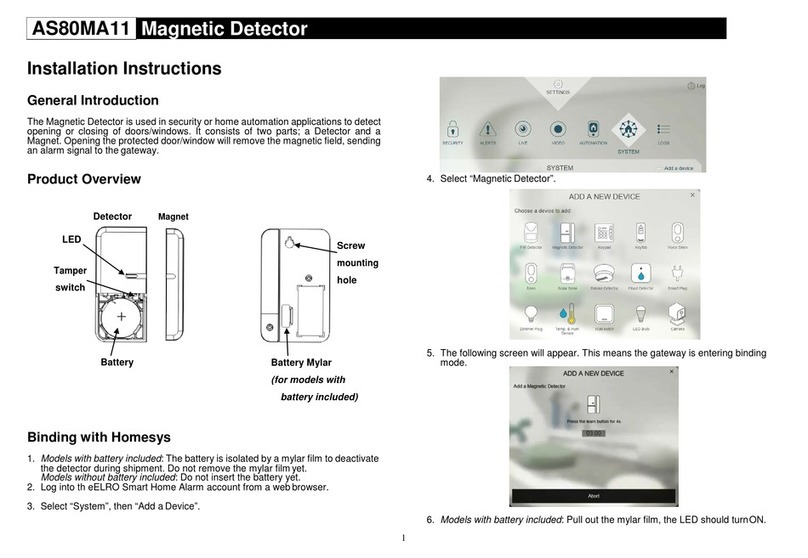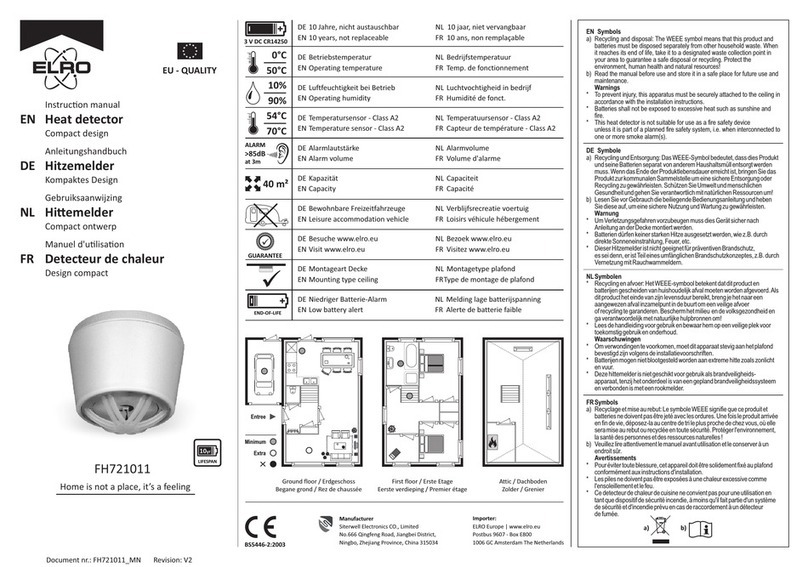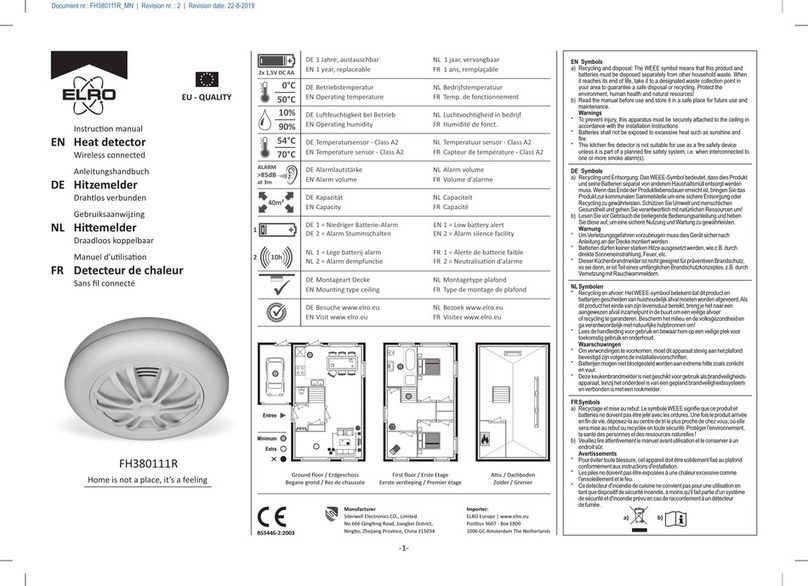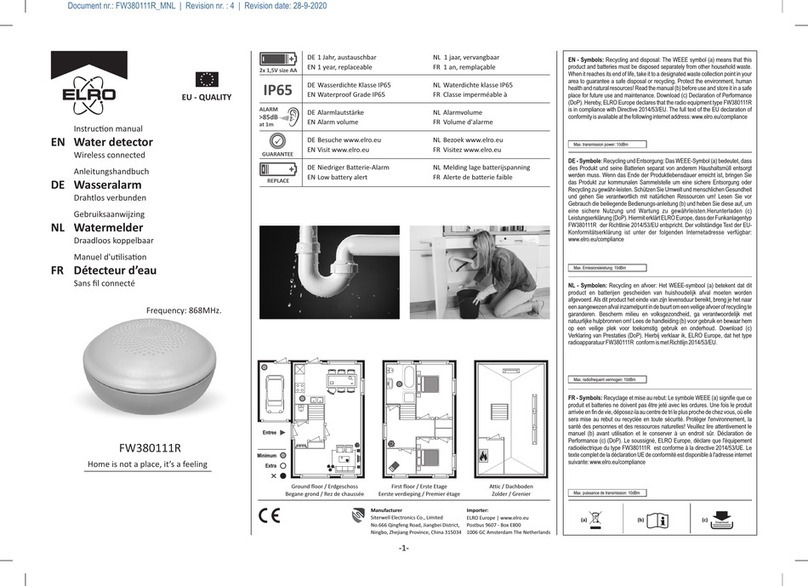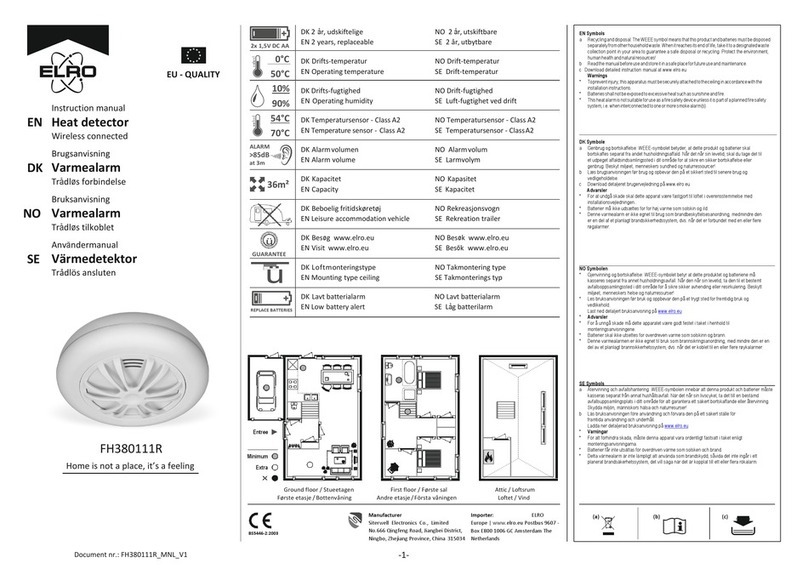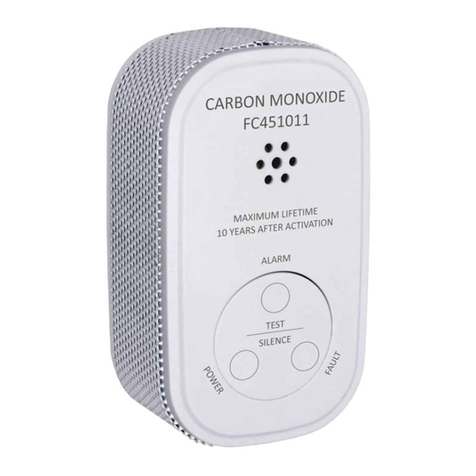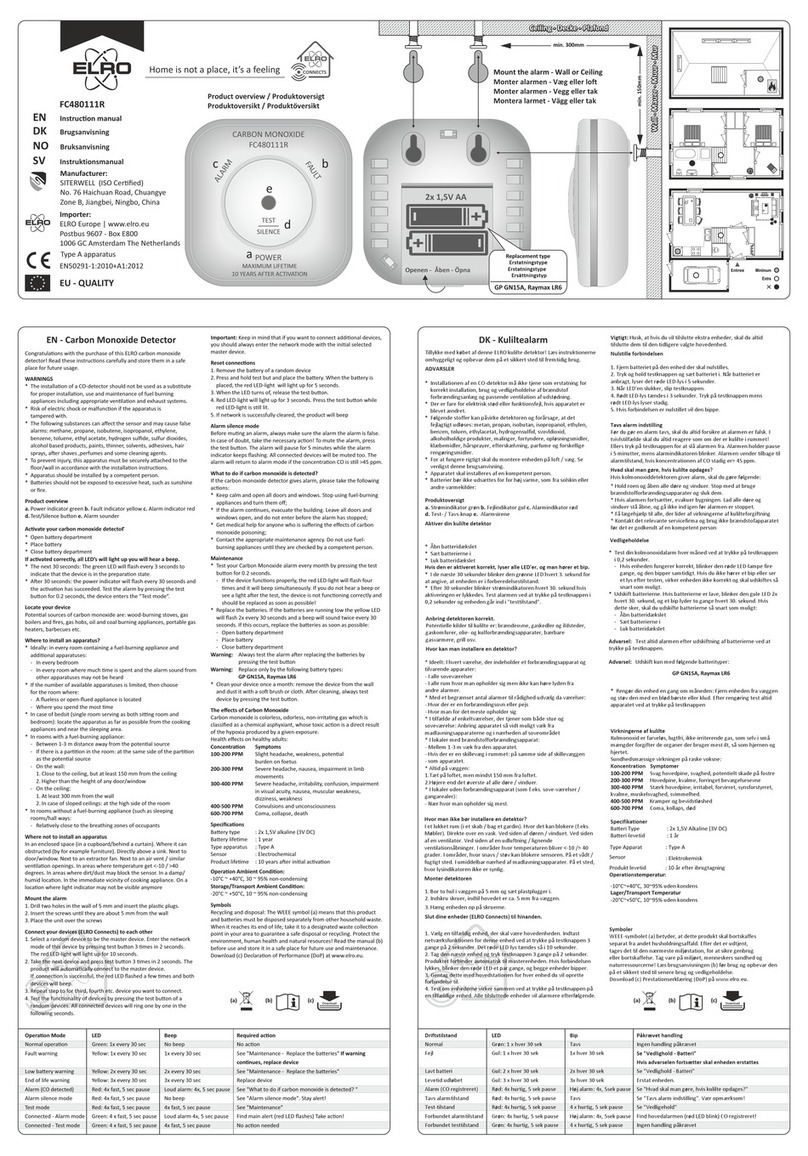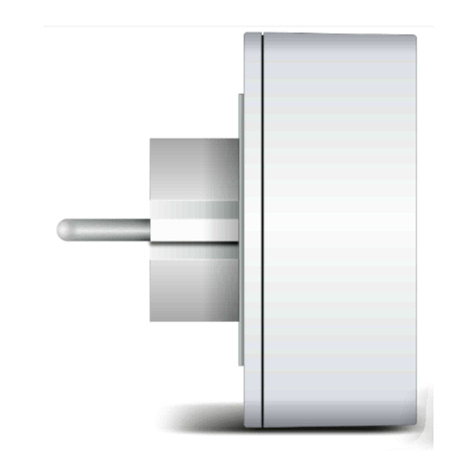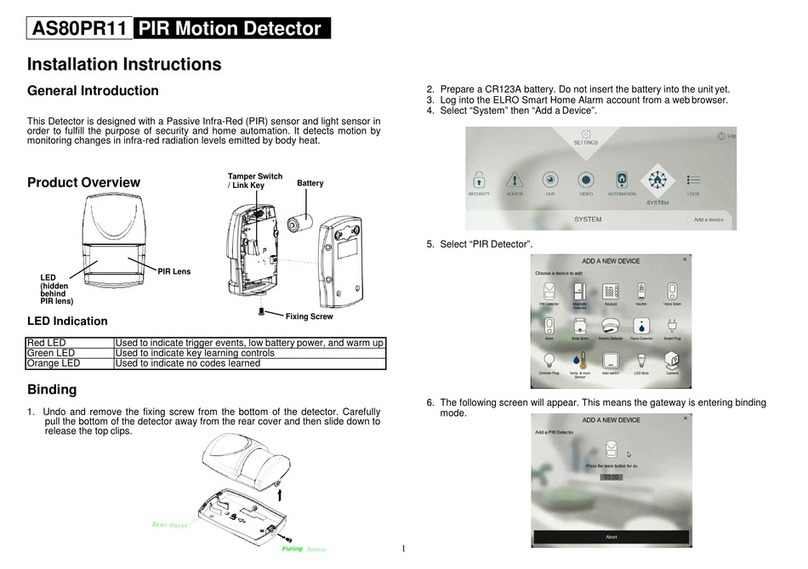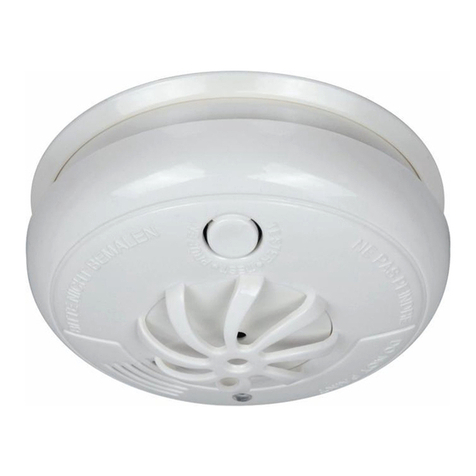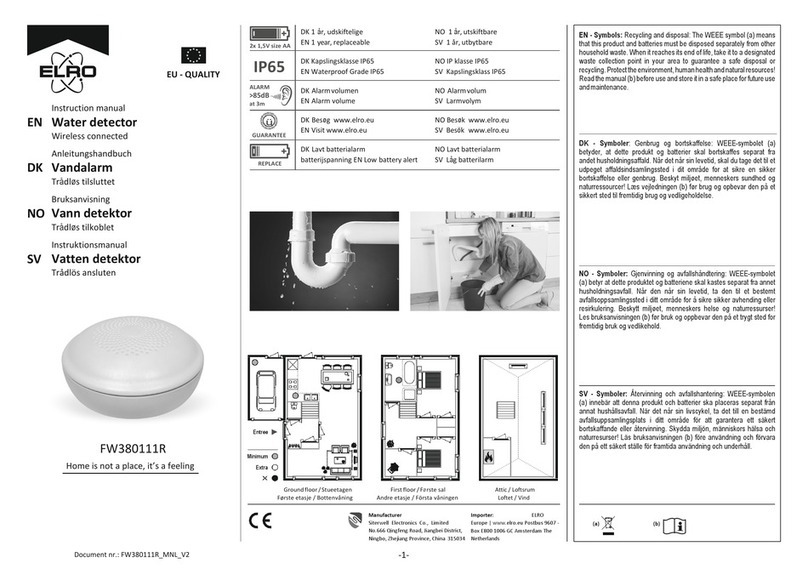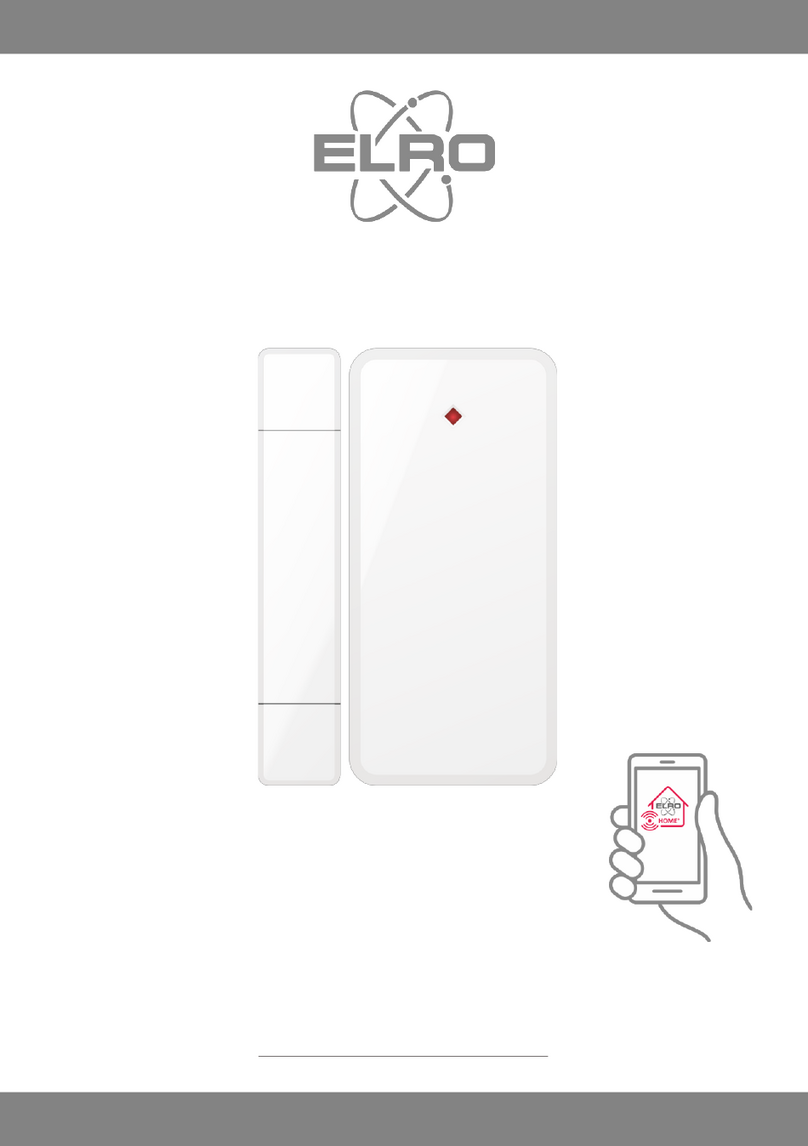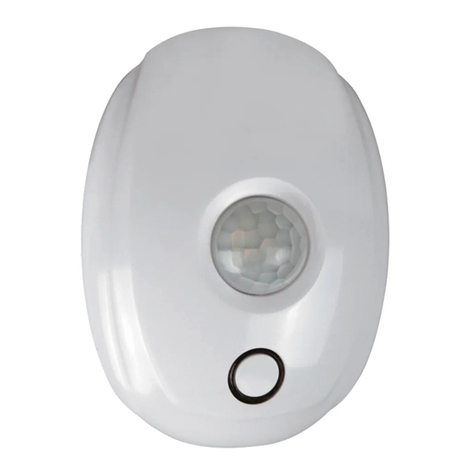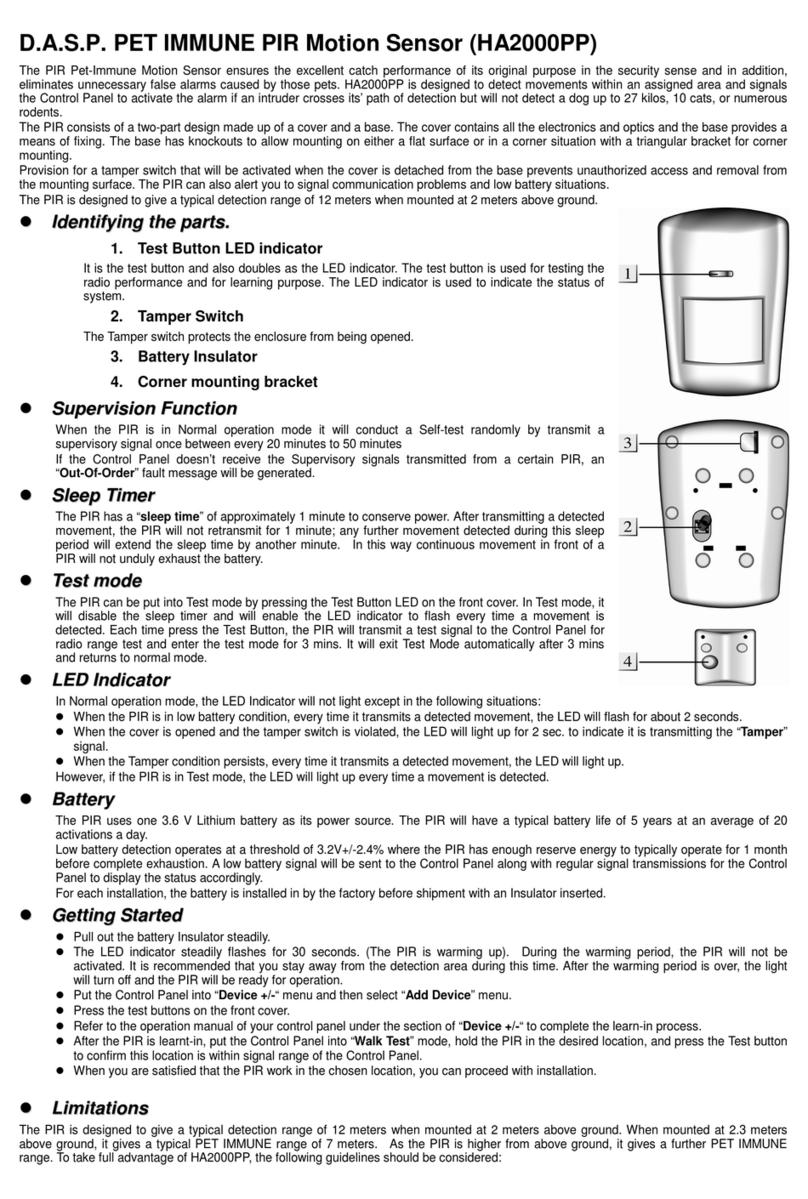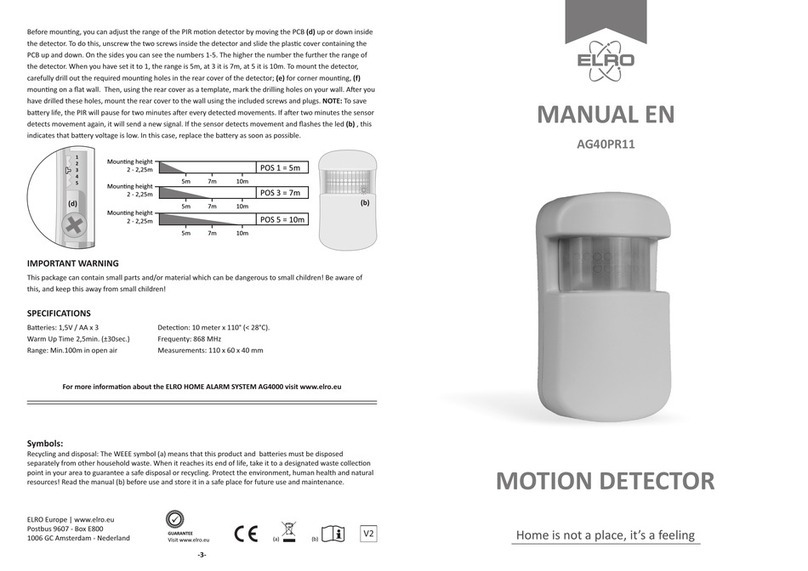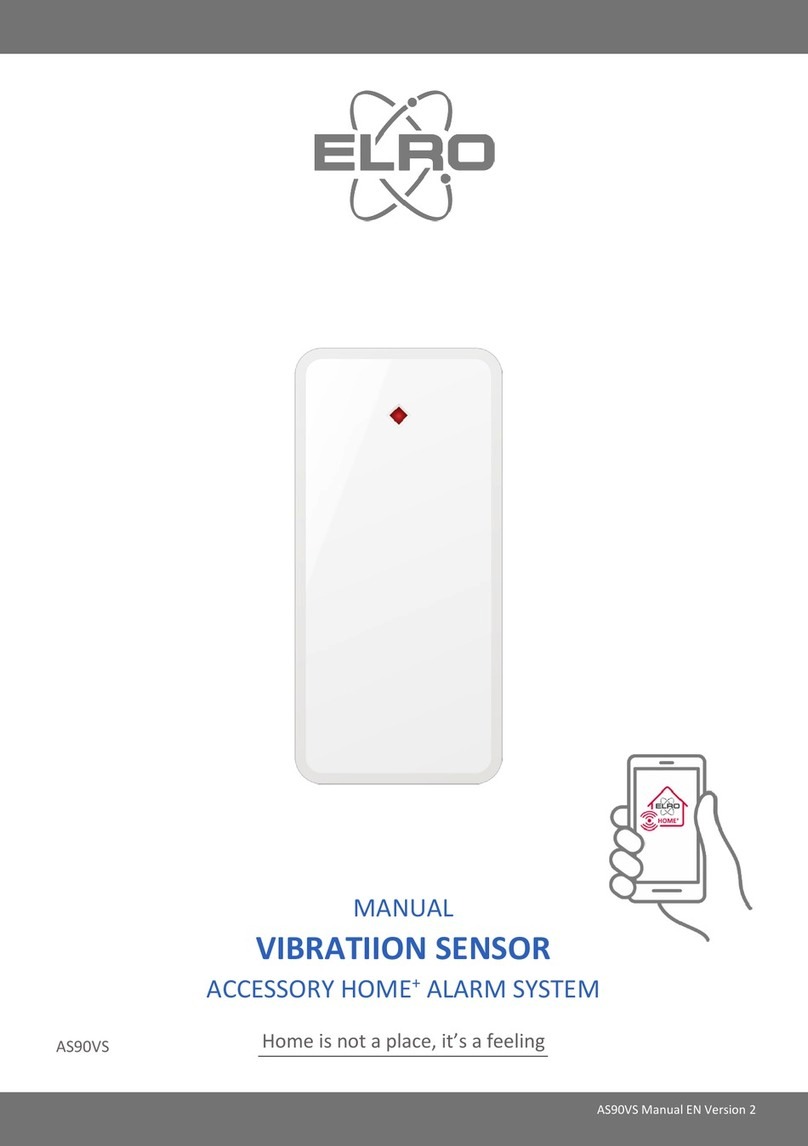- 3 -
1. General
Thank you for purchasing the FC270211 carbon monoxide (CO) alarm. This device is a
product that has been built using state-of-the-art technology.
This user guide contains important information on starting operation and using the devise.
Store this user guide in a safe place for future reference. These instructions are a part of
this product bear this in mind if you pass on this product to others.
Please take a few minutes to thoroughly read the user’s guide and familiarize yourself and
your family with its operation.
CAUTION:
-This CO alarm is designed for indoor use only.
-DO not expose to rain or moisture.
-DO not knock or drop the detector.
-DO not open or tamper with the alarm as this could cause malfunction.
The alarm will not protect against the risk of carbon monoxide poisoning when the battery
has drained. Installation of the alarm should not be used as a substitute for proper
installation, use and maintenance of fuel burning appliances including appropriate
ventilation and exhaust systems.
2. Installation instructions
2.1 Installation location
•In rooms containing a combustion appliance, you can install the carbon monoxide
detector in the following location:
-At a horizontal distance of 1-3 meters from the combustion appliance.
-If the space is divided by a wall or, for example, a large cupboard: on the same side as the
combustion appliance
-Preferably on the ceiling:
oAt a minimal distance of 30 cm from the wall.
oIn the centre of the room.
-If ceiling mounting is not possible, the device can be mounted on the wall:
oApproximately 15-30 centimetres from the ceiling
oAbove the top of windows/doors near the combustion appliance.
•In rooms without a combustion appliance, install the carbon monoxide detector on the
wall at breathing height. The breathing height depends on the type of room: in a bedroom,
you consider the breathing height from a sleeping position; in an office, you consider the
breathing height in a sitting position; and in a corridor, you consider the breathing height in
a walking position.
CAUTION:
•This alarm should be installed by a competent person.






